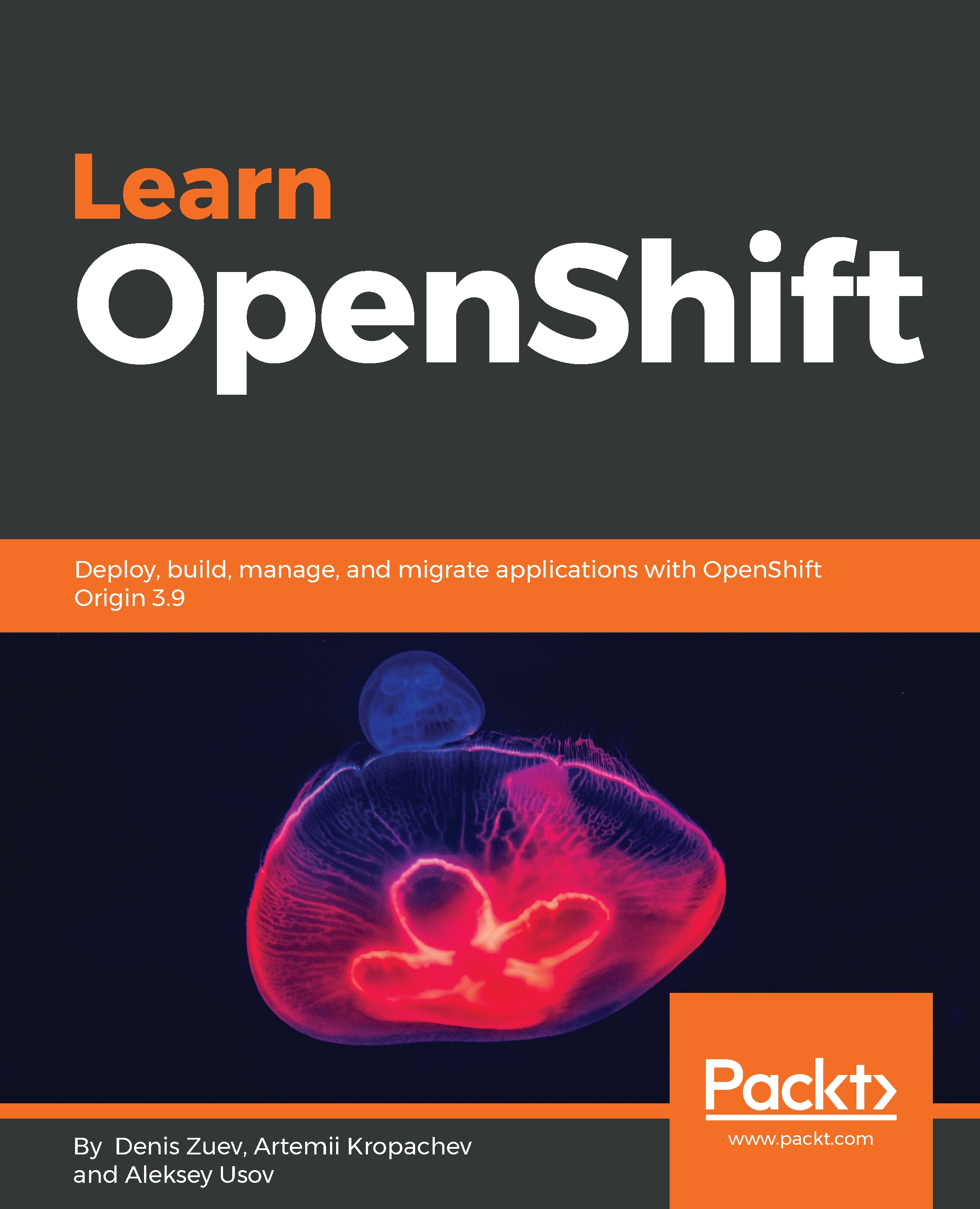A Docker image is a read-only template used to build containers. An image consists of a number of layers that are combined into a single virtual filesystem accessible for Docker applications. This is achieved by using a special technique which combines multiple layers into a single view. Docker images are immutable, but you can add an extra layer and save them as a new image. Basically, you can add or change the Docker image content without changing these images directly. Docker images are the main way to ship, store, and deliver containerized applications. Containers are created using Docker images; if you do not have a Docker image, you need to download or build one.
-
Book Overview & Buying

-
Table Of Contents

Learn OpenShift
By :

Learn OpenShift
By:
Overview of this book
 Free Chapter
Free Chapter


